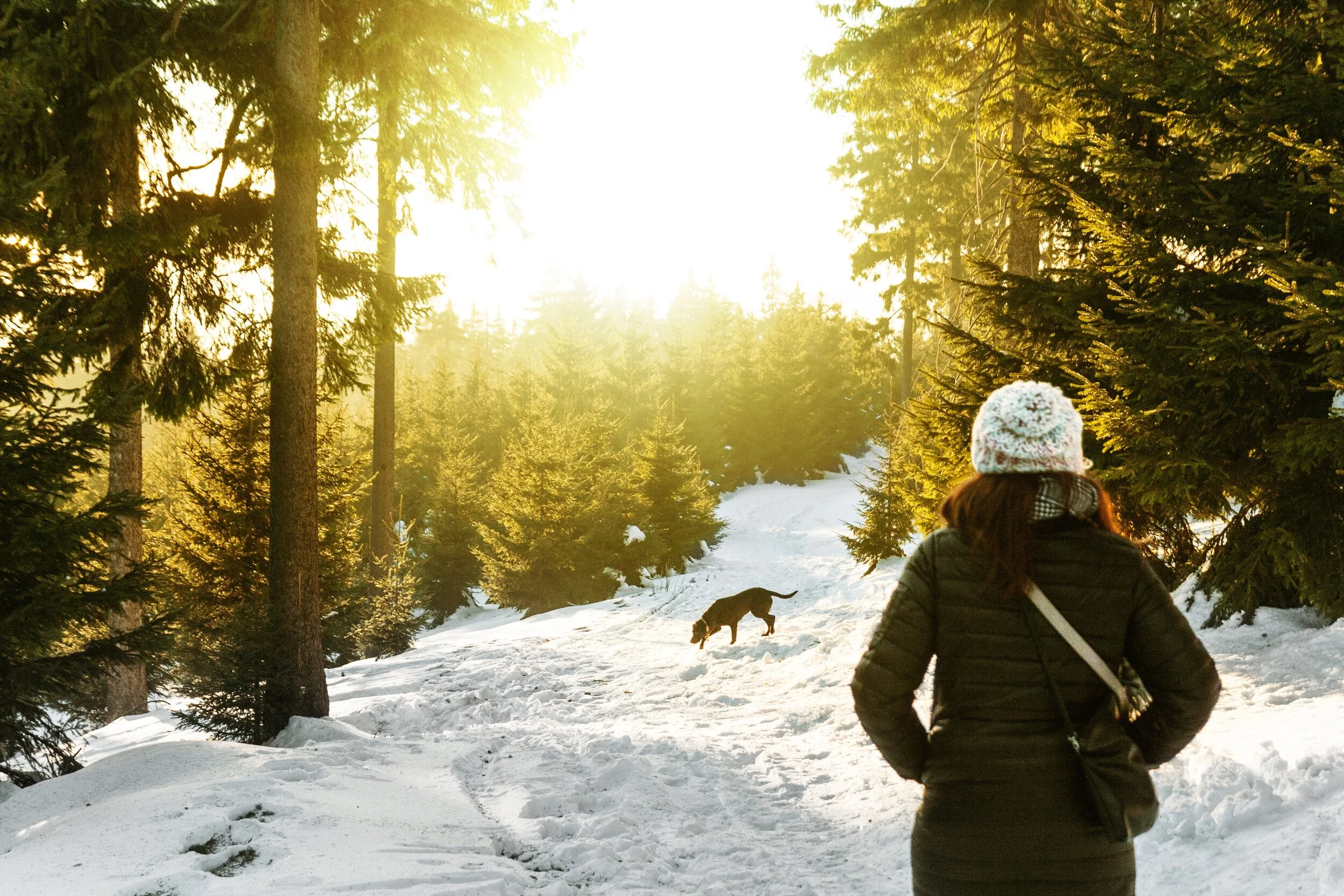Winter genes
Winter genes
Some of us enjoy winter days, long walks on the cracking snow while others prefer to stay inside with blankets, hot tea, etc. Maybe we really love snow and cold but cannot adapt well and very soon after spending some time outside, we have to reach for inside and warm environment.
To change who we are is almost impossible, from the perspective of genetics. But we can change the activity of some genes, push their expression to the limit. This means that our genetic composition can help us adapt better to the cold only if we take certain measures. To activate silent genes, there are several ways - the introduction of more movements instead of staying on the sofa, helping our circulation flow with it, and some extracts, as cinnamon and off course-presence of furry pets. It is proved that petting our best friends can really help us stay warm and never again have cold hands and feet.
Adipose tissue
What determines that some people are more adaptable to cold and winter days? Generations living on the same ground, where winters are harsh and long, bring a heritage of adaptation. Adipose tissue appears to have different compositions while cold days last, so it has in bodies of people who lived in the northern hemisphere, especially high on mountains or up to the far north. Adipose tissue is tightly connected with muscles and has a strong web of blood vessels, while in the summer, it becomes loose and less tight. This tissue organization help “winter people” to have better mobility and be better adapted to the harsh environment.
“During European and Australian winters, they argue, the thresholds required to trigger an immune response may be lower as a direct consequence of our coevolution with infectious organisms, which tend to be more prevalent during winter.” (Dopico et al, 2015)
Vitamin D. Gene ARNTL
However, it is well known that people around the world could adapt to different climates, it just takes some time. If willing, anyone can develop a certain immunity level required for the life in this environment.
The absence of the sun on grey and white winter days brings additional trouble to our immune system-lack of vitamin D. It is known that vitamin D can be absorbed directly from the sunlight and this very fact becomes a huge straggle since it is one of the main building blocks for our immunity. Winter days are known to trigger many inflammatory diseases, as well as to start a cycle of autoimmune diseases because of the lack of vitamin D and overall weak body response. That is why more cases of Diabetes 2, Thyroid gland hormonal problems, heart-diseases, and inflammations become diagnosed in the winter.
“One gene of particular interest was ARNTL, which was more active in the summer and less active in the winter. Previous studies have shown that, in mice at least, the gene suppresses inflammation, the body's response to infection; if the gene has the same function in humans, then levels of inflammation will be higher during winter in the northern hemisphere.” (Dopico et al, 2015)
Being one of these winter people, I can testify of several things we do to stay healthy and enjoy winter: activity, absorbing the sun whenever can, eating sauerkraut, having furry friends, socialization every day. What we learned while living long months in winter, is to appreciate the sun and spend most of the sunny days outside, regardless of temperature. When we measure -15, the actual feeling is +15, because we are very active on sunny days and take off any piece of clothes just to absorb the sun. Not rarely, we can see people in short sleeves resting between ski tours and just sunbathing. These people seem to never get sick and I can prove that-as one of them being sick only in summer or spring when it’s too hot and viruses travel fast.
As it is said before, people can adapt if they can. Following the ways of natives, wherever we are, is the best way to stay healthy and enjoy the environment.
Literature:
Dopico et all; Widespread seasonal gene expression reveals annual differences in human immunity and physiology. Nature Communications, 2015; 6: 7000 DOI: 10.1038/ncomms8000


